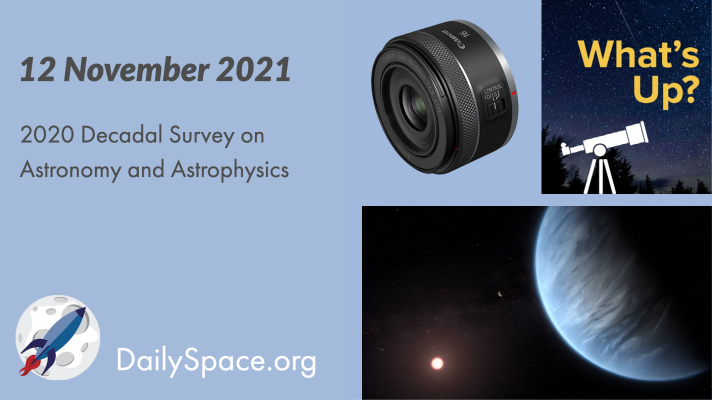
2020 Decadal Survey on Astronomy and Astrophysics
The Decadal Survey was released earlier this month, and we take a look at some of the recommendations. Plus, this week’s What’s Up and a review of the Canon RF 16mm f/2.8 lens.

The Decadal Survey was released earlier this month, and we take a look at some of the recommendations. Plus, this week’s What’s Up and a review of the Canon RF 16mm f/2.8 lens.
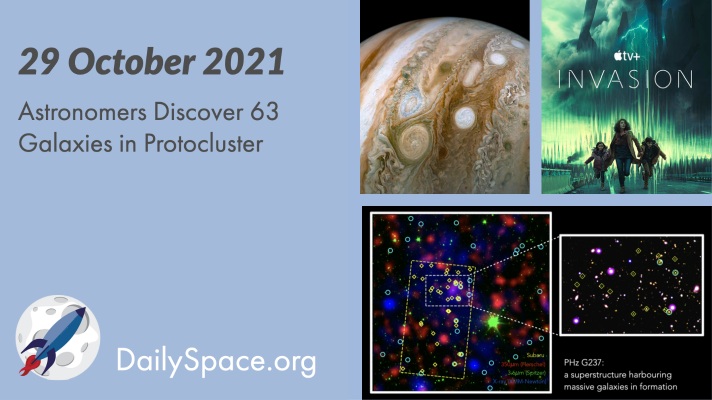
Astronomers researching the G237 protocluster find 63 galaxies within, all producing stars and more galaxies at a high rate, acting as a “shipyard” for their region of the cosmos. Plus, Juno looks inside Jupiter’s cloud bands and a review of “Invasion” on Apple TV+.
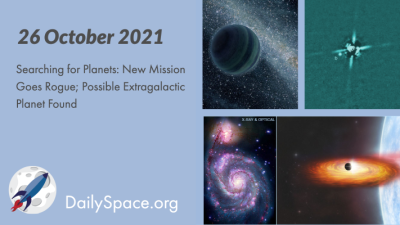
A proposed mission called the Contemporaneous LEnsing Parallax and Autonomous TRansient Assay, or CLEoPATRA, seeks to work with the Nancy Grace Roman Telescope to find rogue planets not orbiting any star. Meanwhile, a possible planet has been discovered in the Whirlpool Galaxy and could be the first planet found outside the Milky Way. Plus, an interview with Dr. Margaret Meixner, Director of Science Mission Operations for the SOFIA telescope.
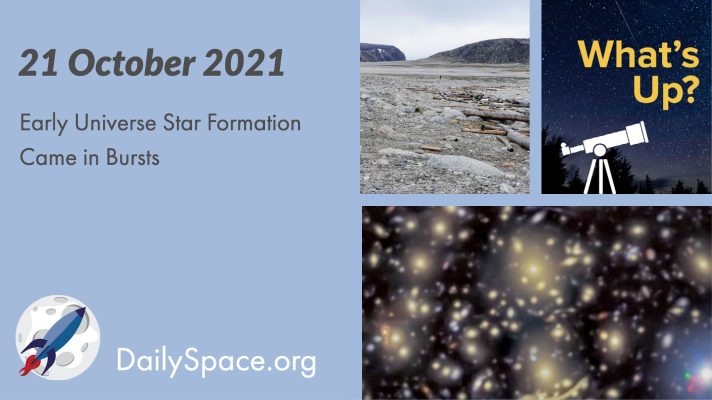
Researchers looked at lensed galaxy systems, searched for nearby analogs to those distant systems, and found that in general, the systems showed signs of bingeing star formation and then quiet lulls. Plus, using tree rings to track Arctic ice changes, and this week’s What’s Up.
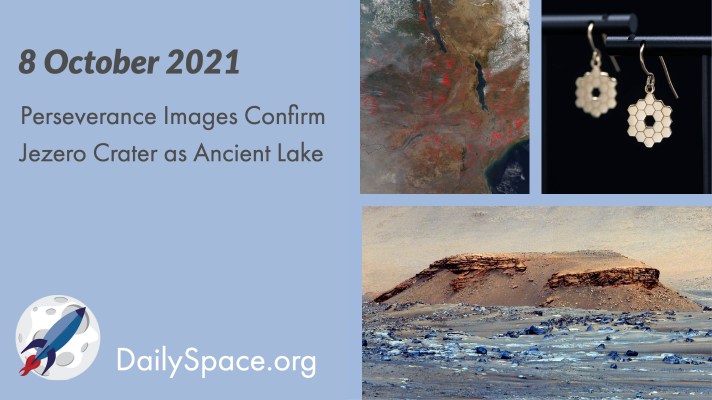
A newly completed analysis of Perseverance’s first images from Mars finds that the landing site, Jezero Crater, was really a lake that was fed by a river, with sedimentary layers, flash floods, and strewn boulders. Plus, Central African biomass burning, Arctic permafrost melting, and we look at jewelry that celebrates upcoming missions.
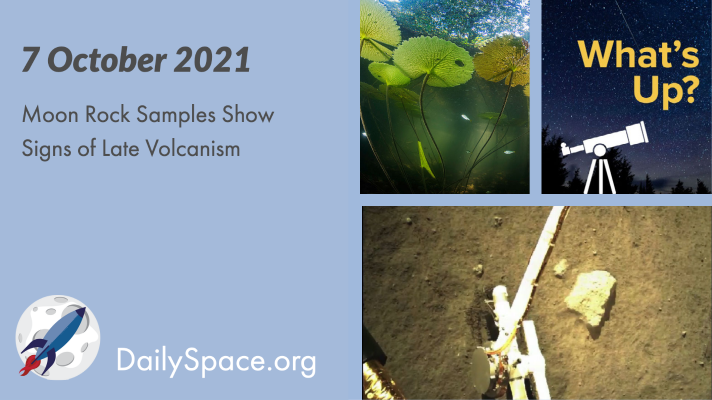
An analysis of the most recent sample taken from the Moon and returned by the Chang’e-5 mission shows that the basaltic rock is about two billion years old. This age implies a previously unknown heat source in the region. Plus, how plants and animals record climate change and this week’s What’s Up.